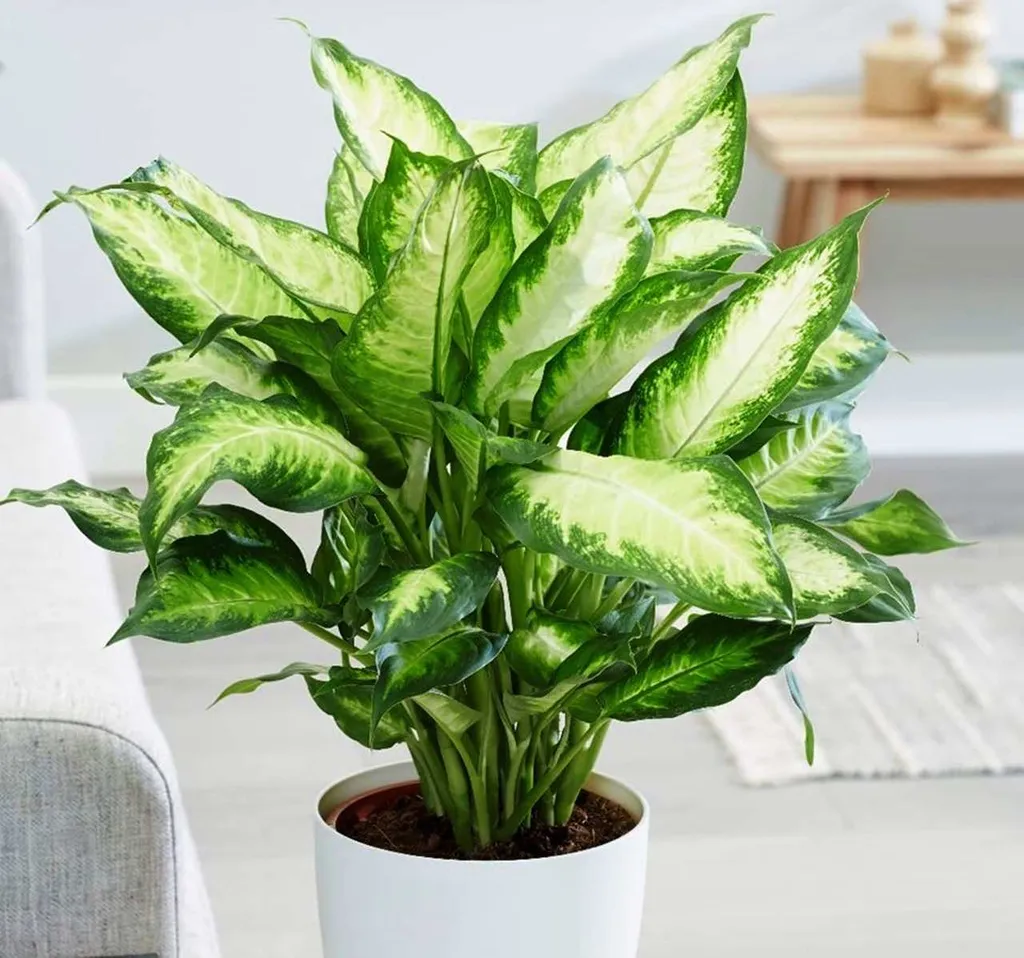
Are you about to leave home for a long trip and worried about your green friends? Don’t worry, the following article will share with you a series of useful tips to help your bonsai stay green, even when you are not at home.
1. Adjust Light and Temperature
The more sunlight a plant is exposed to, the more water it needs. This is because transpiration occurs more rapidly in sunlight, causing the plant to lose water more quickly.
To prevent this, move the plants away from windows or areas with a lot of light. You can place them in the middle of the room, away from direct sunlight that dries out the soil quickly. When you return, you can put them back in their original position.
If you don’t want to move your plant, a sheer curtain can help reduce the amount of direct light that hits it. If your plant is already in a low-light area, moving it may not be necessary. Depending on how often you water it (weekly or bi-weekly) will help you decide whether or not to move it.
Remember, do not place air conditioners or fans near the plant because they reduce air humidity, making the plant’s leaves more susceptible to drying and burning.
2. Maintain Moisture
You should water the plants thoroughly before going to bed. If you are going to be away for less than a week, just water thoroughly before you leave. Only water when the soil in the pot is dry or nearly dry and let it drain before leaving. Never soak the bottom of the pot in water to prevent pests and root rot.
For drought-tolerant plants such as cacti, succulents, and air plants, you may not need to water them for a week or two.If you are away for longer, you can take the following measures
• Create a moisture-retaining layer: Use rice husks, sawdust, or old, moistened newspapers to cover the ground. This method helps water evaporate more slowly, making the moisture last longer.
• Create a mini greenhouse: Water the plant thoroughly and then cover the surface of the pot with a plastic bag or plastic wrap, creating a temporary greenhouse. Cut a few small holes in the top for air circulation because plants also need to breathe.
• Use a water-filled ice tray: Arrange small pebbles in an unused plastic tray or pot and fill it with water so that the water level is lower than the top of the stones. Then, place your pot on top. Note that the base of the pot should not touch or lie directly in the water. This will help increase soil moisture and prevent root rot
• Sort plants: Move moisture-loving plants, like ferns and air plants, into your bathroom or another small room (as long as it has a window that lets in some natural light). The smaller the room, the less moisture your plants will lose and the easier it will be to maintain humidity.
• Ask a friend or family member: If you’re going away for an extended period of time (more than a month) and have a friend who’s willing to water your houseplants, walk them through your plant care routine.
• Self-watering system: Recycle old plastic or glass bottles by filling them with water and punching holes in the cap. Make sure the holes are small enough so that the water will slowly drain out. Turn the filled bottle upside down and stick the perforated cap deep into the soil or simply hang the bottom of the bottle a little higher, allowing the water to drip down to the base of the plant.
3. Stop fertilizing
Stop fertilizing your plants before you leave. You should not fertilize before you leave home because the goal is to keep your plants growing as slowly as possible. This saves energy and water.
4. Trim gently
Remove any dead, wilted, or unhealthy-looking leaves, as well as buds and flowers. This will help reduce the plant’s water needs, as flowers and buds often require more water to maintain.5. Use a smart self-watering pot set
Another extremely useful solution that you don’t need to use the above tips is to use a self-watering pot set. Shop locat.com.vn specializes in providing smart self-watering pot sets that help you save time taking care of them and especially you can travel for a long time without having to worry too much about your green plants.
The operating principle of this type of pot is based on the principle of reverse osmosis. The plant pot will have a 2-tier/tray design, the upper tray is for planting plants, the lower tray is for holding water.
Water will seep back up through a layer of substrate to create moisture for the soil. In the pot there will be a funnel and a water supply tube so you can supply water to the tray below. The float system and water level gauge will be in a transparent plastic tube to help you observe how much water is left inside.